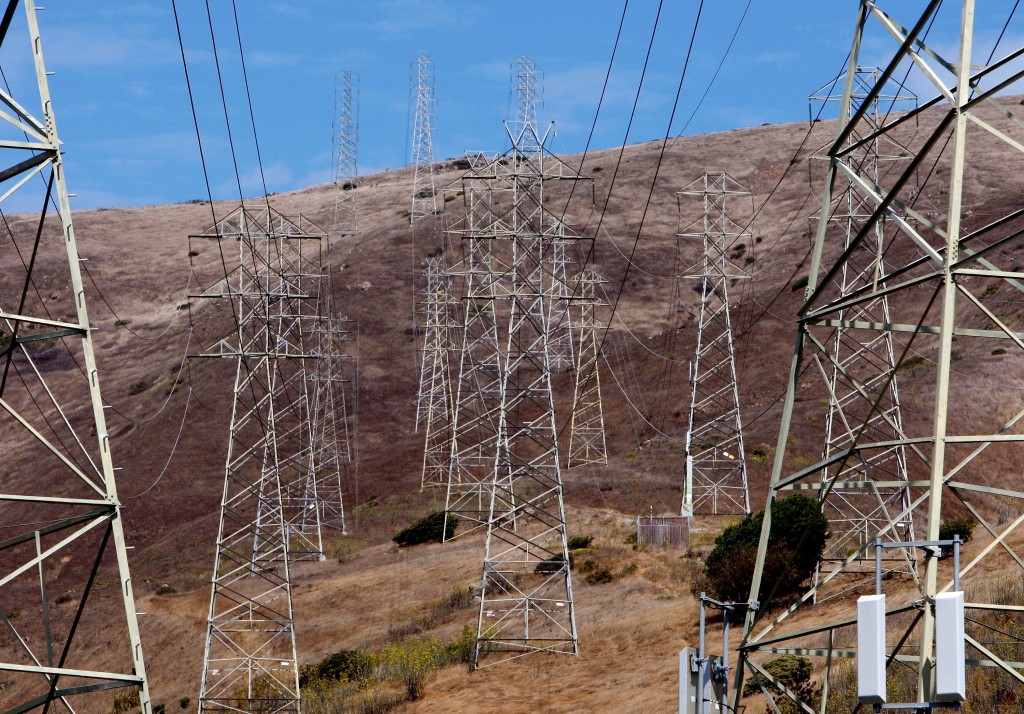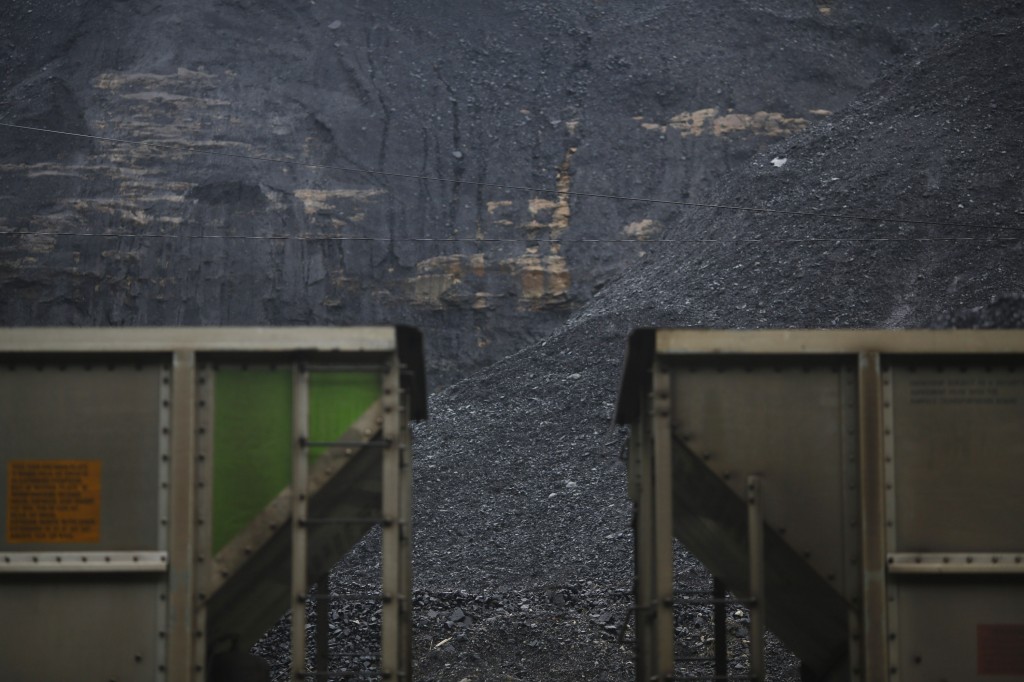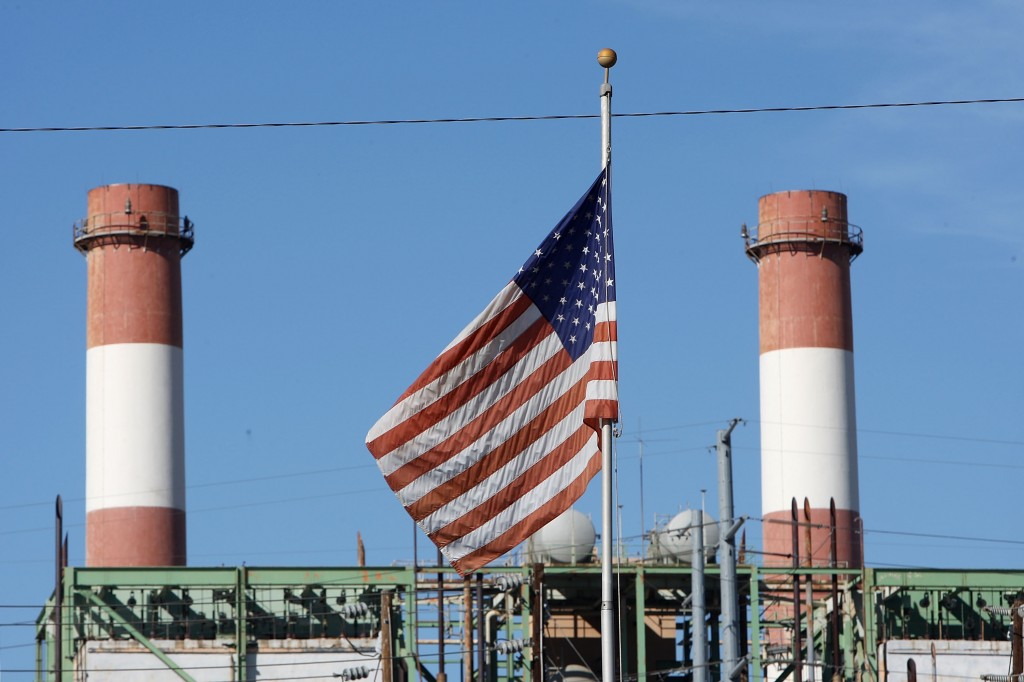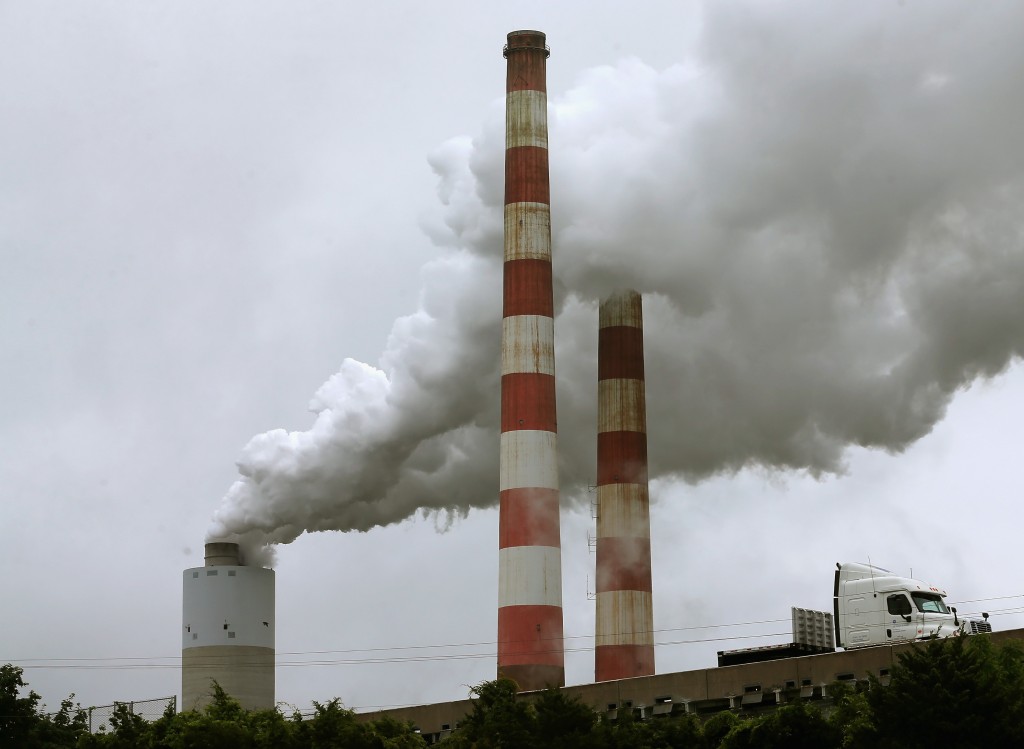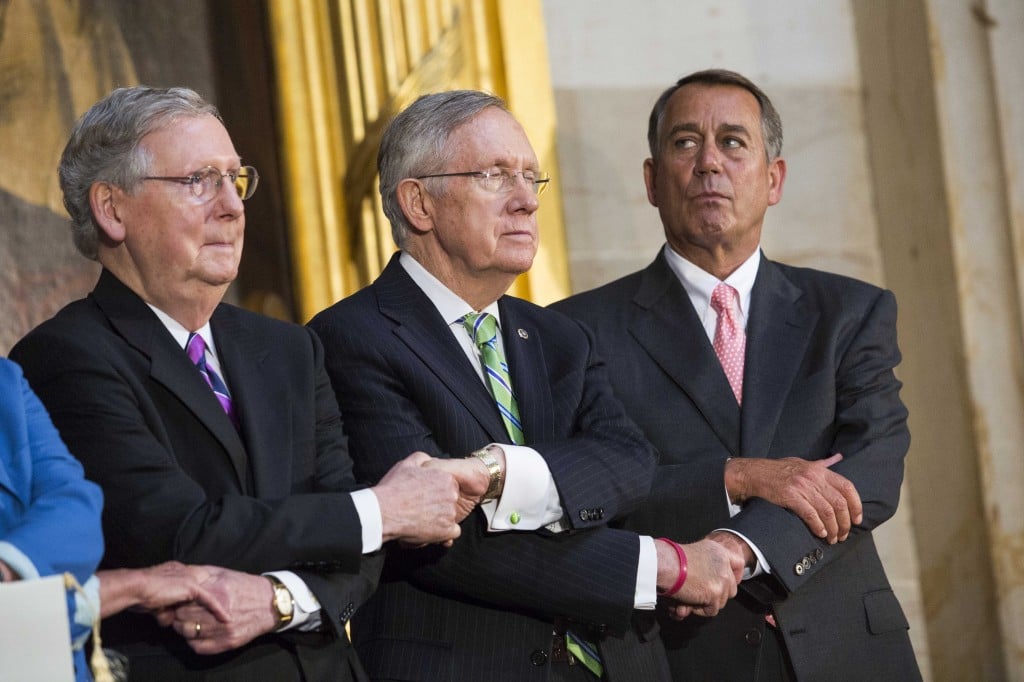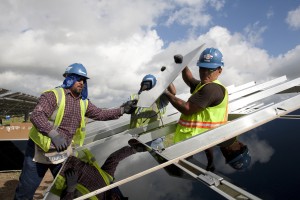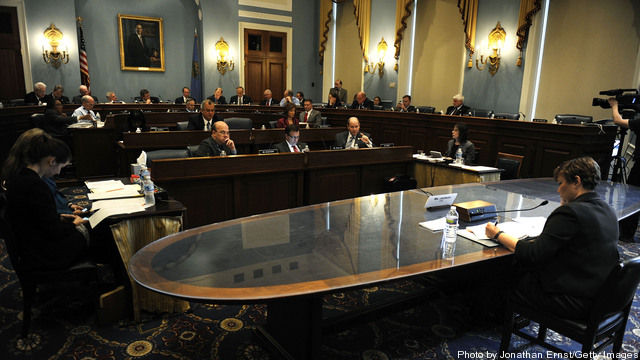The Electric Reliability Council of Texas (ERCOT), which manages 90 percent of Texas’ electric grid, has been busy. In the last two months of 2014, the agency released two very lengthy reports examining the future of a lower-polluting power grid in light of upcoming EPA clean air protections, in particular the Clean Power Plan. As… Keep reading →
EPA
What Do The ERCOT Reports Really Say About Texas’ Cleantech Market?
By Environmental Defense Fund Energy Exchange BlogSign up and get Breaking Energy news in your inbox.
We will never sell or share your information without your consent. See our privacy policy.Carbon Capture and Sequestration Still in Fledgling Stage as Commercial Adoption Is Slow
By Gordon HeftCarbon capture and sequestration (CCS) is a fledgling technology still mostly relegated to demonstration projects in the U.S. and other parts of the globe. While not yet commercialized, its prospects of putting coal-fired plants on the same footing with natural gas facilities – from a carbon dioxide (CO2) emissions perspective – gives it an innovative… Keep reading →
Three Obstacles to EPA’s O3 Rule: Industry Opposition, Implementation, and Congressional Oversight
By Matthew Morrison, Bryan Stockton | Pillsbury Winthrop Shaw Pittman LLPThe U.S. Environmental Protection Agency (EPA) recently proposed revising the national air quality standard for ozone, the key pollutant in smog and regional haze. EPA acknowledges that the rule will cost billions of dollars each year to implement. Industry fears the additional regulatory costs, and environmentalists assert the rule does not restrict ozone enough. Select jurisdictions with high levels of background ozone, particularly Western states, will find it more difficult to reach attainment, and current mechanisms to account for naturally-occurring ozone spikes may prove inadequate. Republican leaders in the House and Senate have signaled their intention to oppose the rule in legislation. The EPA must navigate these complex issues as it prepares to finalize the rule by October 1, 2015.
Ed. note: This is a new weekly column by Elie Mystal, Managing Editor of Above the Law Redline. This space will focus on the laws that exist, should exist, and should be put out of their misery. UNDER-REGULATED Ancient Aliens: Here’s a dirty secret, I watch Ancient Aliens all the time. Yes, I know that… Keep reading →
No Easy Answers When Disposing of Oil and Gas Wastewater
By Environmental Defense Fund Energy Exchange BlogWe all want easy answers. And often times the harder the question, the easier we want the answer to be. Increased natural gas use, for example, can help decrease U.S. greenhouse gas emissions as it has a lower carbon content compared to coal or oil. Natural gas also can help transition our energy mix to… Keep reading →
US Emissions Down Even Before Obama’s Pledge
By EEnergy InformerEven more can be done without too much pain US energy-related CO2 emissions have declined in 5 of the past 8 years, almost without trying very hard, mostly due to reductions in the electric power sector. Current trends, including lower energy demand growth rates (graph below), continued substitution of gas for coal and increasing the share… Keep reading →
Federal Proposal to Update Natural Gas Transportation Market Would Benefit Environment
By Environmental Defense Fund Energy Exchange BlogHow much does the design of America’s energy market affect the environment? More than one might expect. Last week, the Federal Energy Regulatory Commission (FERC), the agency responsible for regulating the wholesale natural gas and electricity markets, issued a proposed policy statement designed to encourage pipeline operators to replace their leakiest equipment: compressor stations. Reciprocating compressors are… Keep reading →
The ensuing Republican majority in both Houses of Congress following the 2014 Mid-Term election leaves President Obama in a precarious position regarding healthcare reform, foreign policy and economic recovery. But it is U.S. energy policy that could have the most tangible long-term effect on American society. Since securing re-election in 2012, Obama has taken significant… Keep reading →
Clean Energy and Job Creation Go Hand-in-Hand in San Antonio
By Environmental Defense Fund Energy Exchange BlogWhile many are prophesizing the Environmental Protection Agency’s Clean Power Plan (CPP) as doomsday for the electricity sector, Texas utilities are telling a different story. The CPP will limit – for the first time ever – carbon emissions from existing power plants. One utility in particular, CPS Energy in San Antonio, “has already embraced a low-carbon strategy… Keep reading →
Recent Regulations Prompt Revamped FERC Pipeline Cost-Recovery Policy
By Mark Haskell, Levi McAllister | Morgan LewisFERC proposes to establish a framework that allows pipelines to use surcharge or tracker cost-recovery mechanisms to accelerate system improvements associated with new safety and environmental compliance regulations.
On November 20, the Federal Energy Regulatory Commission (FERC) issued a proposed policy statement setting forth guidance that, if adopted, would permit natural gas pipelines to use cost trackers or surcharges to recover certain costs that pipelines incur in connection with facility and infrastructure upgrades undertaken in response to regulatory requirements.[1] Comments will be due within 30 days of the date the notice is published in the Federal Register.
